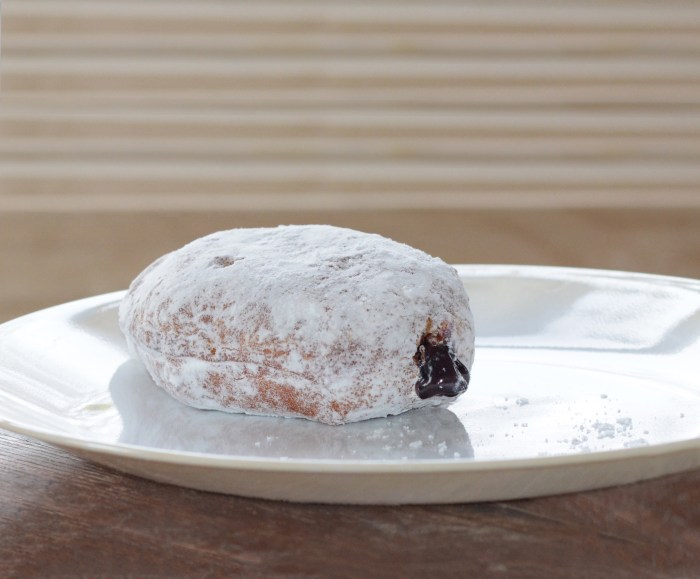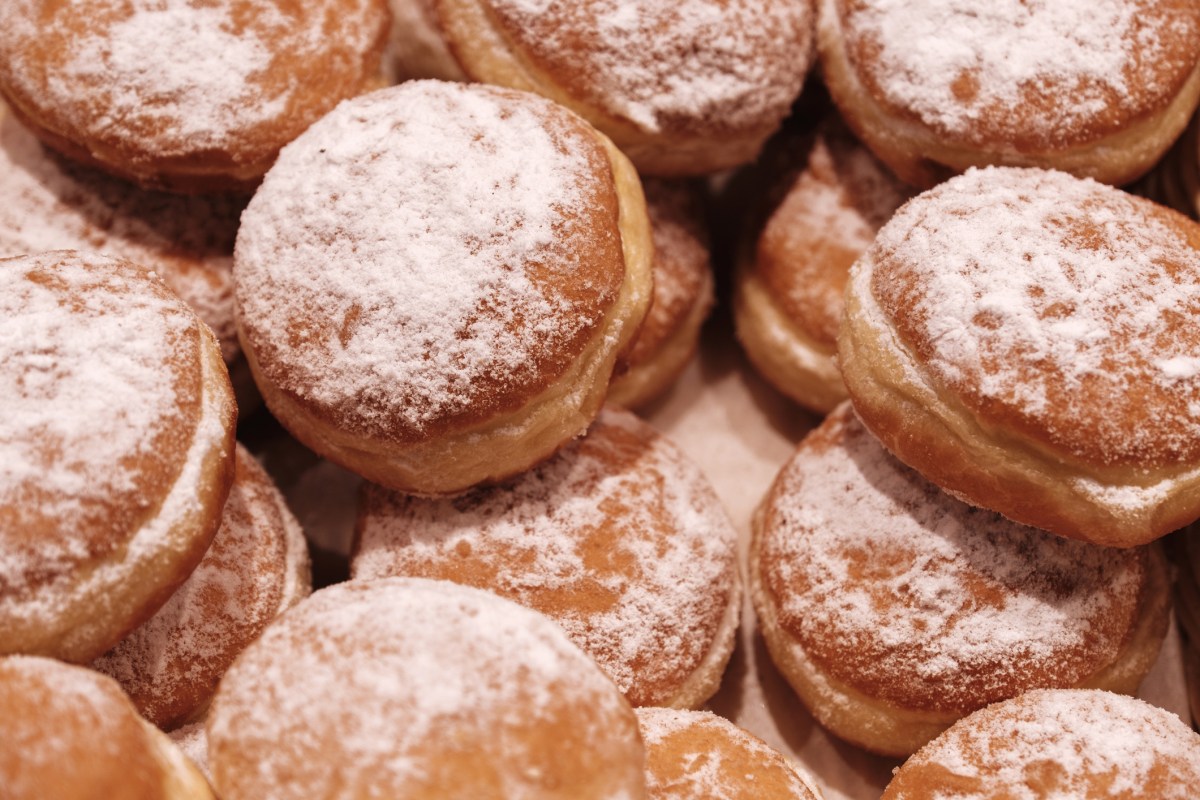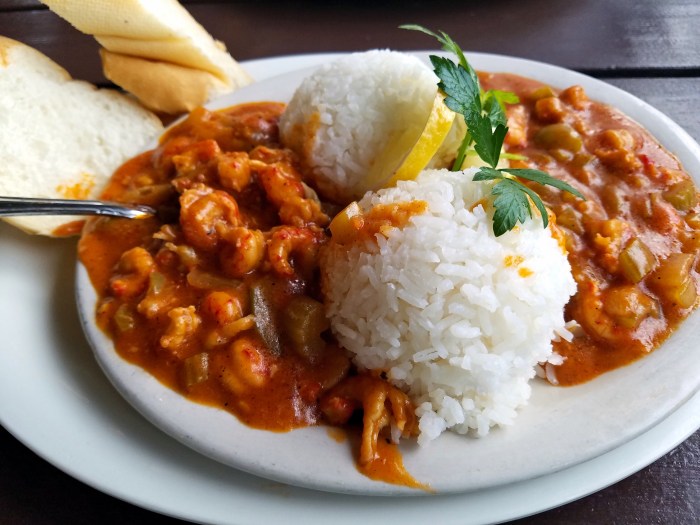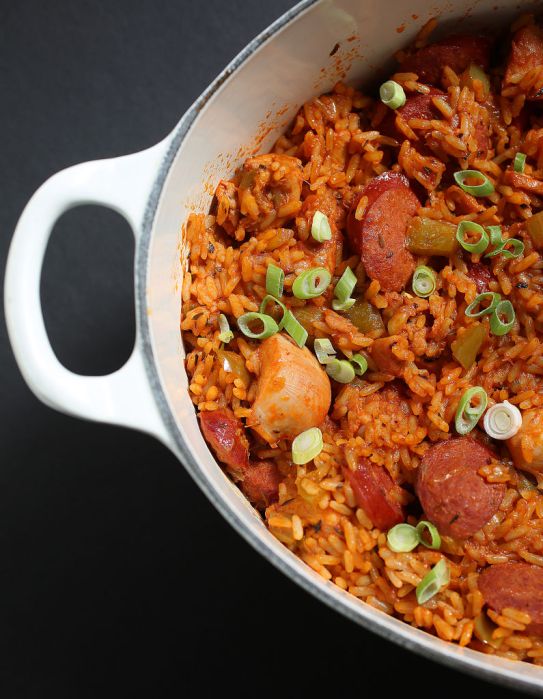As Fat Tuesday approaches, Polish communities around the world prepare for one of their most beloved traditions—pączki, a deep-fried, jelly-filled doughnut that marks the final indulgence before the fasting season of Lent begins. The pastry, typically enjoyed on “Pączki Day” (also known as Fat Tuesday), is a sweet reminder of Polish culture and the resilience of family recipes passed down through generations.
Pączki, pronounced “punch-key,” are more than just a treat—they are a symbol of Polish heritage, family unity and the joy of celebration.
“My mother always made them on that Tuesday, or actually Monday, but we ate them on Tuesday because Lent was starting, and we needed something sweet before the fast,” Carol Martin, president of the Polish American Cultural Association (PACA) in Port Washington reminisced.

While the tradition of making pączki is deeply rooted in Polish customs, it’s a custom that has evolved and become a community event in the United States, especially in Polish-American neighborhoods. Bakeries and Polish halls across Long Island prepare for the rush, baking and frying hundreds—if not thousands—of these pastries in anticipation of the big day.
Martin shared her family’s long-standing tradition of making pączki.
“The recipe my son makes now came from my grandmother,” Martin said. “She made it and I would help, but I never had to do the measuring. The whole recipe was all passed down verbally without ever being written down.” Martin emphasized the importance of preserving these family recipes, noting how her son Peter continues the tradition today, keeping her grandmother’s methods alive.
The recipe for pączki is simple but requires a steady hand and patience. It includes ingredients like heavy cream, flour and sugar, mixed into a rich dough that is then deep-fried in Crisco. The doughnuts are filled with a variety of fillings—grape jelly being a common choice in Martin’s family—before being dusted in sugar or powdered sugar.
“We use regular sugar, not powdered sugar,” Martin said, laughing at the difference between her family’s method and modern bakery practices. “Back then, we didn’t need all the fancy toppings; just sugar was perfect.”
The process of making pączki is a labor of love.
“We would roll out the dough, using a drinking glass as a measure to cut the dough into rounds,” Martin recalled. “Then we’d fry them in Crisco and one of us would fill them with jelly and roll them in sugar. It was always a family affair.”
For Martin, the tradition of making pączki holds many fond memories of her childhood, filled with the laughter of family and the scent of freshly fried doughnuts. “It wasn’t just about the doughnuts,” she said. “It was about coming together as a family, working side by side to create something special.”
However, despite the familial joy of making pączki at home, Martin and others in the community still frequent bakeries for their pączki fix, especially as demand ramps up during the season. But finding pączki isn’t always as easy as walking into a bakery.
“Sometimes, it’s a real challenge to get pączki from bakeries. Last year, I called three places, and they were sold out. I had to scramble to find a bakery that still had them,” Ted Fabis, PACA treasurer, said.
The language barrier adds an extra layer of humor to the process, as many Polish bakeries are run by people who speak little English, while customers often struggle with Polish.
“I don’t speak Polish fluently, but when it’s pączki season, I try my best,” Fabis said with a chuckle. “I’ll go to the bakery and try to order in Polish, but I’m sure I’m butchering it. One time, I was ordering three dozen, and they put only one dozen in the box. I kept saying, ‘No, no, no!’ trying to explain in my broken Polish and I ended up with five boxes.”
This kind of experience is all part of the charm of pączki season. The hunt for the perfect doughnut, the challenge of ordering in Polish and the joy of sharing them with loved ones are what make the tradition so memorable.
The history of pączki traces back centuries in Poland, where the pastries were originally made to use up sugar, fat and other rich ingredients before the fasting season of Lent began. While the tradition remains rooted in Polish culture, it has become a widely recognized event in Polish-American communities.
When asked about how she celebrates Pączki Day, Martin’s response was simple, “You eat as many as you can and you eat until you drop.” It’s this carefree, communal spirit that embodies the Polish tradition of Pączki Day, where food, family and culture come together in a sweet celebration.
As the popularity of pączki continues to grow, many are beginning to appreciate not only the taste but also the rich history behind these little doughnuts. Whether made at home using time-honored recipes or purchased from a local bakery, pączki remain a cherished tradition that brings together generations of Polish families and communities each year.
“People love them because they are more than just a doughnut,” Martin said. “They’re a piece of our history, our culture and our family.”
Want pączki? Try these places:
- Polish-American Market & Deli at 914 Jericho Tpke. in New Hyde Park
- Polish Eagle Meat Market at 548 Central Ave. in Bethpage
- Polish Crumbs Bakery at 1020 Montauk Hwy. in Copiague

































